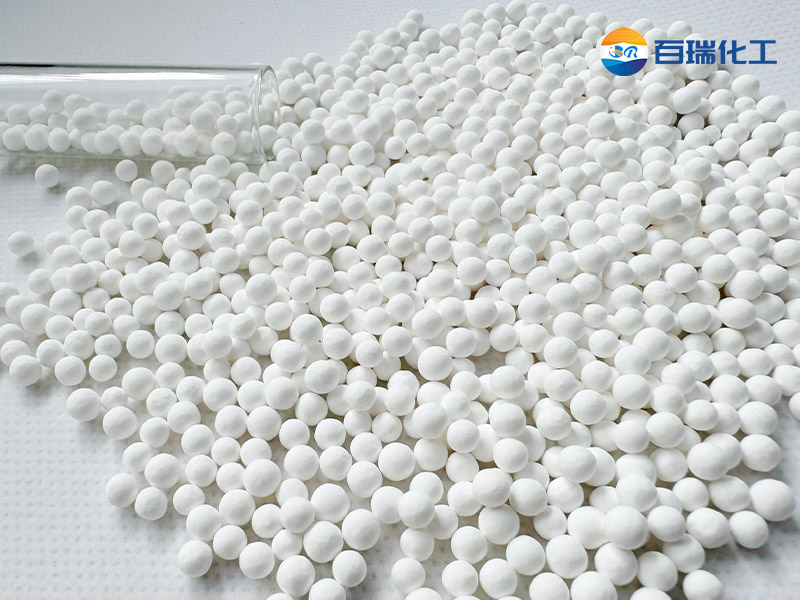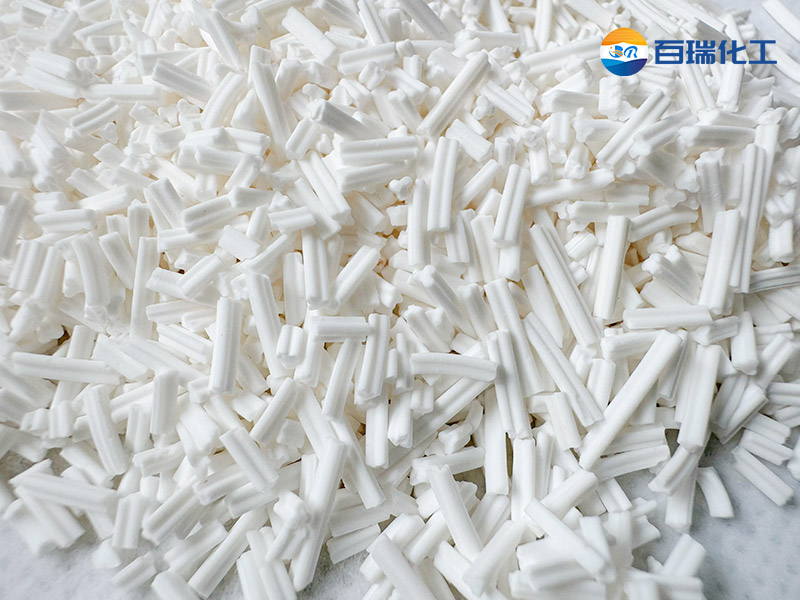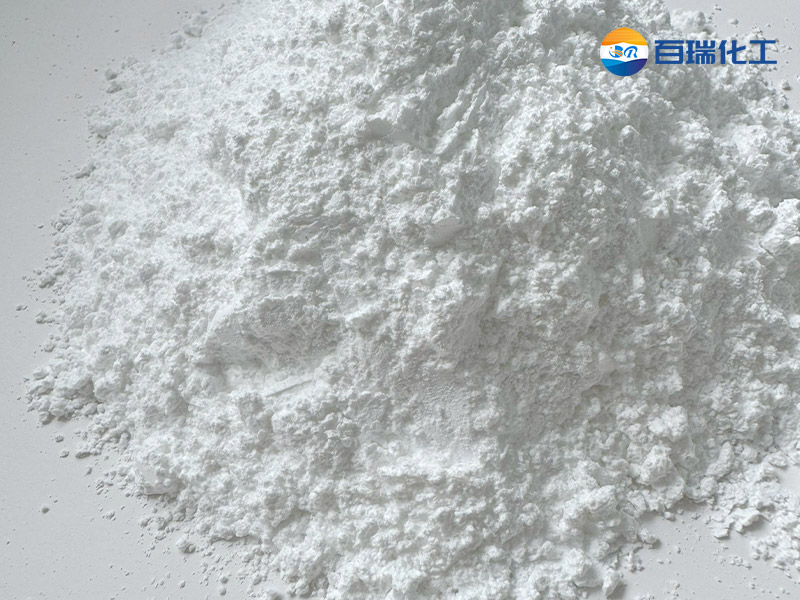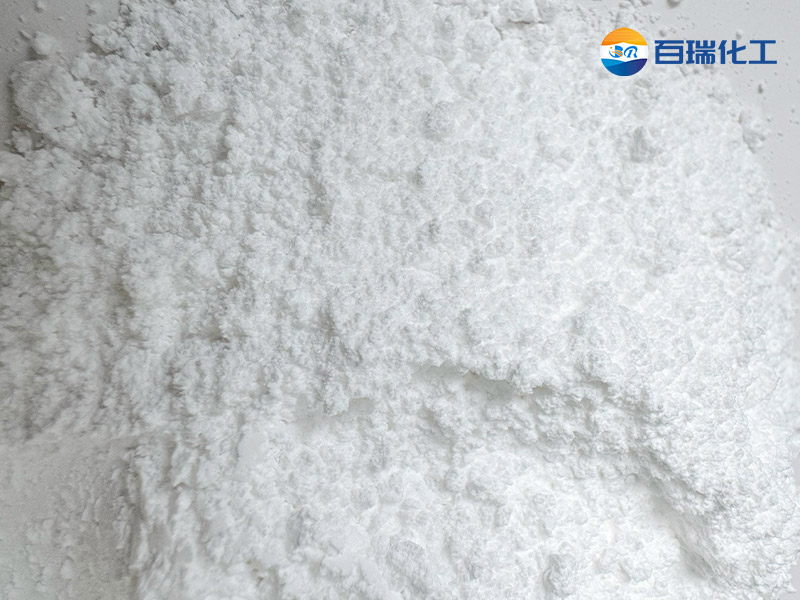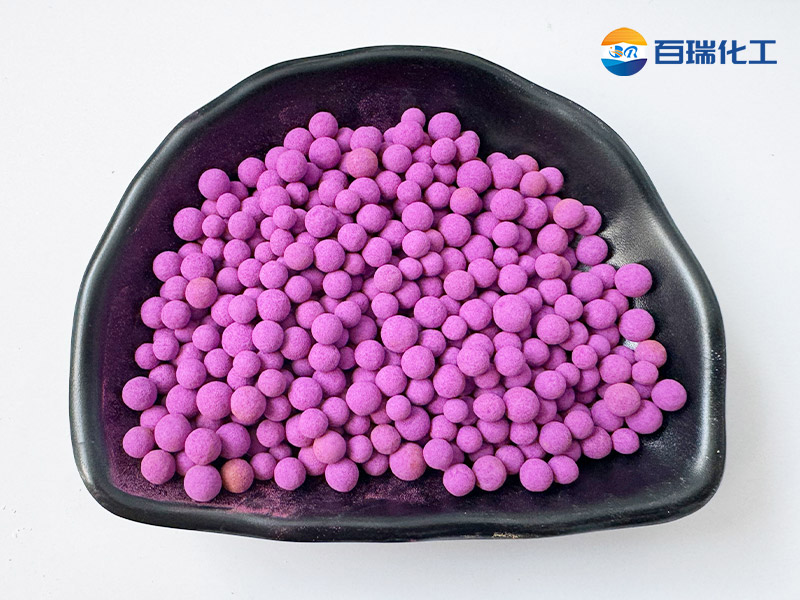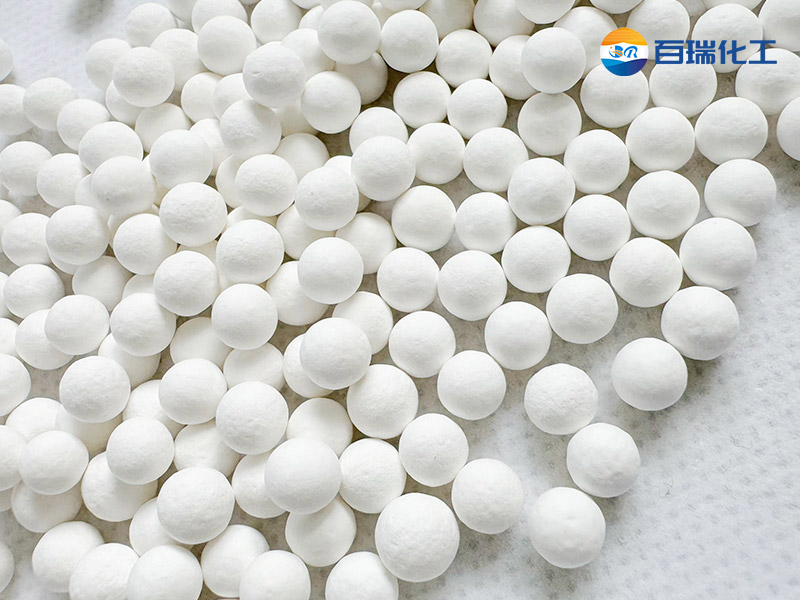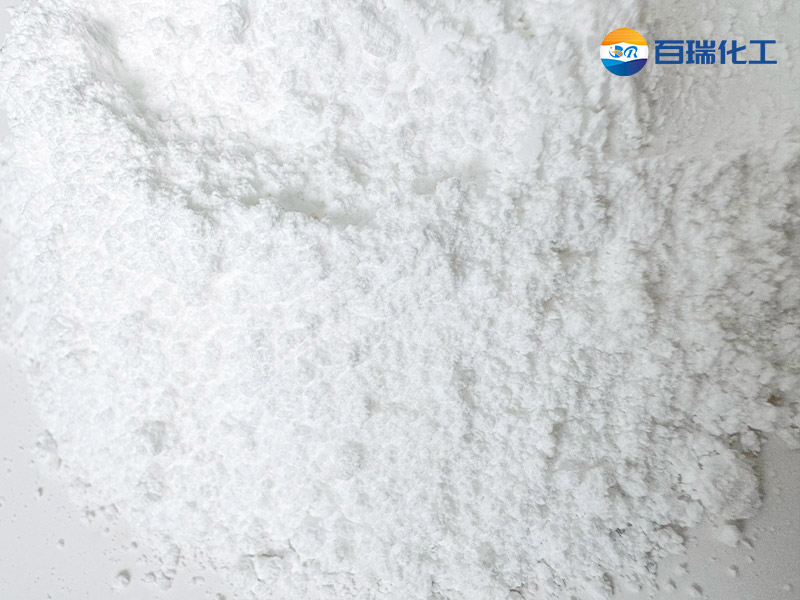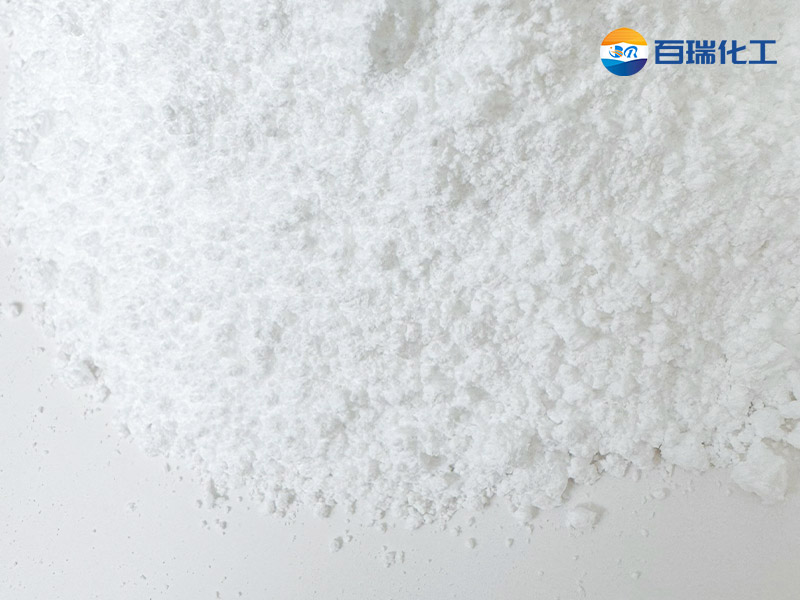With the rapid development of new energy vehicles, energy storage systems and consumer electronics, the high energy density, long cycle life and safety of lithium-ion batteries have become the core issues of concern to the industry. As one of the key components of lithium batteries, the diaphragm directly affects the thermal stability, ion conduction efficiency and safety of the battery. In recent years, alumina powder has become an important choice for improving the performance of diaphragms as a coating material for lithium battery diaphragms due to its excellent high temperature resistance, electrolyte affinity and mechanical strength.
1. The role and challenges of lithium battery separators
The lithium battery separator is located between the positive and negative electrodes, and its main functions include:
• Physical isolation: prevent the positive and negative electrodes from directly contacting each other and causing a short circuit.
• Ion conduction: allow lithium ions to pass freely to ensure the normal operation of the battery.
• Thermal protection: maintain structural stability in high temperature environments to prevent thermal runaway.
Although traditional polyolefin separators have good chemical stability and low cost advantages, they still have the following problems:
• Poor high temperature resistance: PE/PP will melt and shrink at 130~160℃, causing battery short circuit.
• Insufficient electrolyte wettability: affects ion transmission efficiency and increases internal resistance.
• Low mechanical strength: it is difficult to inhibit the growth of lithium dendrites and there is a risk of puncture.
Solution: coating the surface of the separator with high-purity alumina powder can significantly improve the above problems.
2. Application principle of alumina powder in lithium battery separators
(1) Improved thermal stability - high temperature resistant protective layer
• The melting point of alumina is as high as 2050℃, which is much higher than PE/PP.
• At high temperatures, the alumina coating forms a rigid skeleton to inhibit the shrinkage of the separator.
• Effectively prevent thermal runaway of the battery and improve safety.
(2) Optimized electrolyte wettability - enhanced ion transport
• The surface of alumina is rich in hydroxyl groups and has super lyophilicity, which can reduce the contact angle of the electrolyte.
• Increase the liquid absorption rate of the separator by 20%~30%, reduce internal resistance, and improve fast charging performance.
(3) Enhanced mechanical strength - anti-dendritic puncture
• Nano-alumina has high hardness, and the puncture strength of the separator after coating is increased by 50%~100%.
• Effectively inhibit lithium dendrite penetration and extend battery life.
(4) Chemical stability - safe and long-lasting
• Stable over a wide voltage range and does not participate in side reactions.
• It can absorb harmful substances such as HF in the electrolyte and reduce electrode corrosion.
3. Application fields of alumina coated diaphragms
(1) Power batteries (electric vehicles, power tools)
• Requirements: high safety and high temperature resistance.
(2) Energy storage batteries (grids, household energy storage)
• Requirements: long life and low self-discharge.
(3) Consumer electronics (mobile phones, laptops)
• Requirements: light and thin, fast charging compatible.
(4) Special batteries (military industry, aerospace)
• Requirements: extreme temperature stability.
Alumina powder, as a coating material for lithium battery separators, has become a key solution to improve battery safety and performance due to its advantages of high temperature resistance, enhanced wettability, puncture resistance and chemical stability. With the rapid development of the new energy industry, high-performance alumina separator coating technology will continue to innovate and promote the lithium battery industry to develop in a safer and higher energy density direction.


